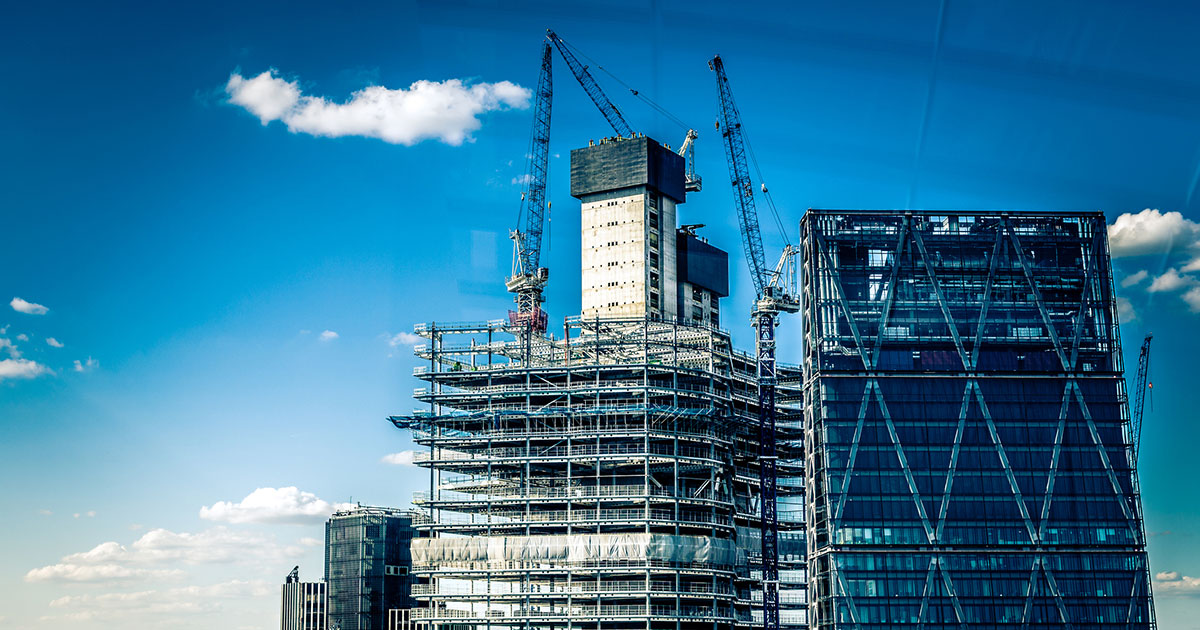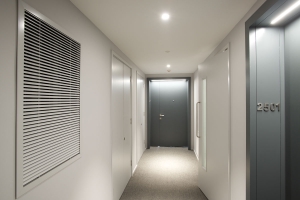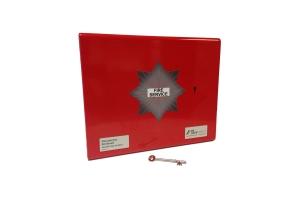How Effective Has the Hackitt Report Been In creating a Safer Building Environment?

Nearly three years since the Hackitt Report’s publishing, the construction industry has been subjected to gradual changes by introducing regulations. However, the industry will likely face more changes to the legislature.
From the Hackitt Report, the key recommendations included:
- A new regulatory framework for buildings that are higher than 10 stories high, including the introduction of the Building Safety Regulator (BSR)
- Introducing the requirement for each building to have a ‘responsible person’ ensuring its safety
- The three gateway points where the responsible person will need to demonstrate to the BSR that the building is compliant with regulations
- Construction companies will need to demonstrate they have effective leadership in ensuring building safety
- Creating the golden thread of information to emphasise the sharing of information
- Introducing greater regulations and means of enforcement
Although the recommendations could deliver a safer building environment through the design, installation and maintenance stages, it is essential to consider the progress made towards achieving these recommendations and creating a safer environment.
What progress has been made so far?
After the report’s final publication, the Government agreed with the recommendations. The MHCLG (Ministry of Housing, Communities and Local Government) produced the ‘Building a Safer Future’ report that outlines their proposal for building’s safety system reform.
New legislation has been introduced, which prohibits the use of almost all combustible materials in the external walls of certain buildings that contain a floor above 18m above the ground. On this, the government has recently announced a further £3.5 billion of funds to remove unsafe cladding, which brings the total to £5 billion.
Dame Hackitt announced in 2019 that she would be providing independent advice to the Government on how to form the Building Safety Regulator efficiently and effectively.
In 2020, the second reading of the ‘Fire Safety Bill’ took place in The House of Commons and was sent to the House of Lords for amendments. Should this bill be approved, it will “place new and enhanced regulatory regimes for building safety and construction products, and ensure residents have a stronger voice in the system”.
The MHCLG has also re-published Approved Document B providing greater clarity on how the industry should be meeting fire safety requirements of building regulations. This amended version applies to both new and existing buildings to ensure they meet modern safety requirements and keep all occupants safe.
The revision has also reduced the threshold for sprinklers in residential buildings from 30m down to 11 in height and above. For many developers and architects, this reduction will result in the first time they need to install sprinkler systems, and they will need to comply with standards including BS 9251:2014.
Have these changes been adequate?
Although these changes have had an impact in shifting the industry to a stance of tighter regulations, enforcement, and other recommendations that the Hackitt report recommended, the industry is still in need of further changes to create a significant impact on the industry.
Whilst there have been regulations introduced, including prohibiting combustibles in external walls over 18m, there are concerns to the extent of this going far enough. The requirements result in many buildings, including schools, residential housing, and healthcare buildings, may still be at risk of being cladded in combustible materials.
Further to this, vocal critics, including institutions such as RIBA, have argued that the government has not acted enough and that they need to do more in their efforts to create safer buildings. Providing funds only dedicated to removing cladding over 18m and offering a loan for buildings with cladding over 11m presents a difficult challenge for building and facilities managers to repay the loan.
Looking at the progress made compared to Dame Hackitt’s recommendations, it has been three years since the report’s publication. The industry has experienced a tightening of regulations; there is still a long way to go to improve building fire safety.
Moving forwards
The Fire Safety Bill was reviewed on the 24th of February in Parliament with the House of Lords amendments. One of the main amendments addressed relates to if leaseholders should be responsible for removing cladding in high-residential buildings.
If the bill is passed into law, it will amend the existing Fire Safety Order (2005) to:
- Increase safety procedures for building managers and domestic premises owners
- Introduce public register for fire risk assessment so occupants can check the fire safety status of their existing or potential property
- Prevents freeholders from passing remediation costs to leaseholders through demands for one-off payments or increasing charges
The amendment which was voted on, banning fire safety improvement costs being placed on leaseholders, failed to achieve a majority vote and the bill will return to the House of Lords later this year. The MPs blocking the bill argued the Building Safety Bill being introduced in Spring will be appropriate for introducing legislation regarding payments.
In 2019, it was announced that Dame Hackitt would be providing ongoing consultation on how the government can effectively establish the BSR as recommended in the original report. However, in 2020, she announced the BSR wouldn’t be up and running until 2021. This year, progress has already been made with Peter Baker being appointed as the Chief Inspector of Buildings, which will help establish and lead the regulator.
It’s expected that this year, tighter regulations and enforcement legislation will be introduced into Parliament when the BSR is established and given its powers for enforcement.
It is essential to comply with newly introduced legislation to safeguard your buildings and occupants best during the current building environment. Using Be Safe Direct’s systems and solutions, you can ensure that your building complies with regulations.






